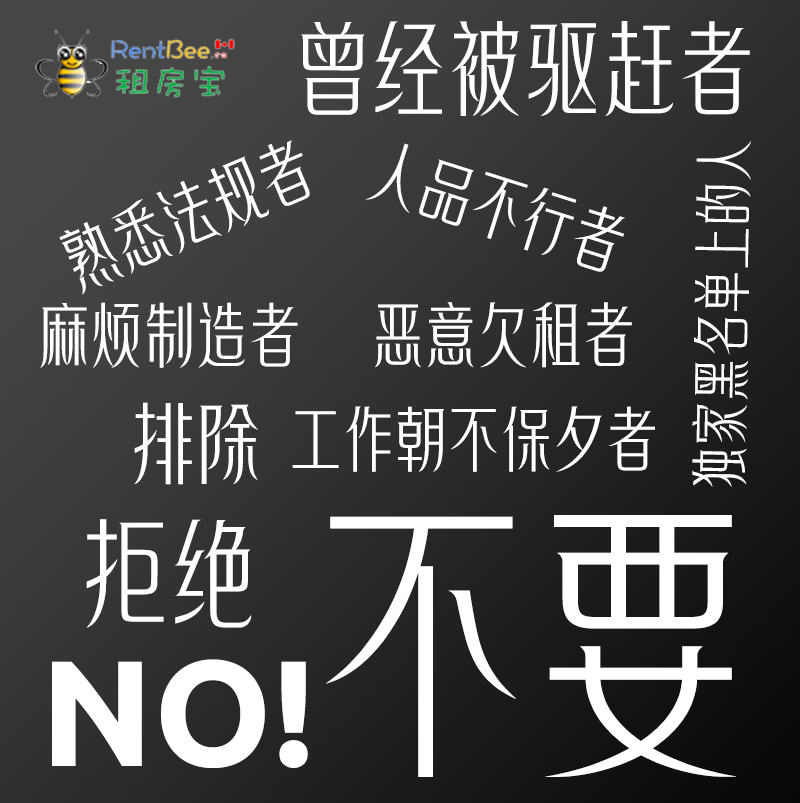关注我们,每天阅读最新英文报纸哦!
《华盛顿邮报》头版发表长篇评论文章,美国目前的对中国的高科技企业的打压政策,会促使中国最终赢得科技竞赛,请看报道!
完整 5月25日《华盛顿邮报》获取办法见文末
Huawei controls almost 30 percent of the global equipment market for 5G, the newest wireless technology, but it and other Chinese companies have relied on U.S.-made components. With those supplies now restricted, they have incentives to develop their own chips.
U.S. ban may prod China to gain ground in tech race
The geopolitical clash between the United States and China hinges on the tiniest of technologies:chips and other components that are essential to nearly every smartphone, laptop computer and cellular network on Earth.And the best ones — for now — are made only by America and its allies.
With names like MEMS accelerometers and field-programmable gate arrays, they operate invisibly to consumers but are at the heart of a long-running technological race that, so far, China is losing despite billions of dollars in investments.
But while the United States currently has a strategic edge that China can’t easily counter, it may not last. By placing Huawei on its “Entity List” last week, threatening the future of one of China’s most important international companies, the Trump administration probably prodded China to redouble its efforts to close that
crucial technological gap, say industry analysts.
The U.S. move, based on national security concerns, could have long-term consequences that would not be in U.S. interests,spurring the creation of competitors in an industry now dominated by Western companies such as Qualcomm, Intel, Arm and others.
China’s renewed commitment to what it calls “semiconductor independence” has probably already begun, say industry experts and analysts — and will continue even if the current trade dispute is resolved.
“Either way, the Chinese government and Chinese companies will look at this and try to replace a U.S. supplier with a non-U.S. supplier,” said Stewart Randall,head of semiconductors for market consulting firm Intralink,who is based in Shanghai. “They won’t want to be in a position where the U.S. always wins.”
MEMS accelerometers allow phones to sense movement. Without them, the phone’s screen would not automatically adjust when turned vertically and horizontally. They also tell users which direction to go while following on-screen GPS directions,and they sense different activities,like walking, running or cycling.They are key to newer “augmented reality” apps that can place virtual objects in the real world.
These sensors, which are smaller than a grain of sand, sell for anywhere from 10 cents to 50 cents each. But that low price doesn’t mean they’re easy to make, and the American, German,French and Japanese companies that manufacture the most advanced versions jealously guard the process, building them in in-house semiconductor fabrication labs known in the industry as “fabs” to make certain the technology does not leak to competitors.
The components in the latest accelerometers are microscopic — MEMS means “microelectromechanical systems” — making them impossible to simply take apart and copy. To build them, a company needs to develop the technology from the ground up or acquire detailed schematics showing how they are assembled.
“If they’re not allowed to buy parts at all from American companies,eventually they’ll run into problems,” said Stacy Rasgon, a senior analyst on the U.S. emiconductor industry for Bernstein Research.
Larger and less sophisticated chips can be developed throughcomputer simulation, according to chip experts. But MEMS-based chips are too small for that. Developing one is a painstaking, trialand-error process that takes years. Chip experts think in 18-month “development cycles,” and it usually takes about three of those cycles for a company to get up to par, they say.
So far, China isn’t there.(本文较长,完整阅读请获取免费完整版报纸)
continued on Page A1
扫码关注大家都爱学英语
公众号内回复TWP
免费获取5月25日《华盛顿邮报》网盘链接
网盘链接7日内有效,过期不补
推荐阅读:
声明:该文观点仅代表作者本人,加国头条 属于信息发布平台,加国头条 仅提供信息存储空间服务。











0 Comments
Leave A Reply